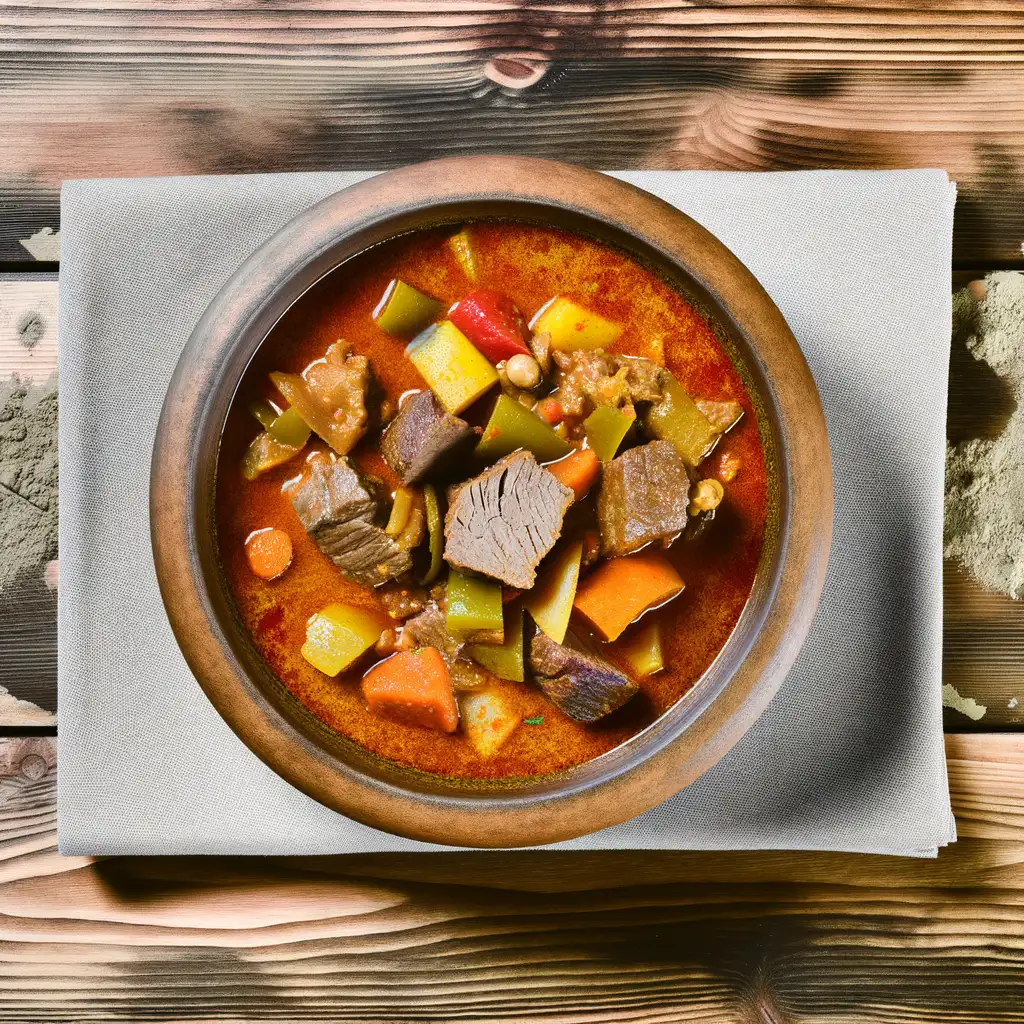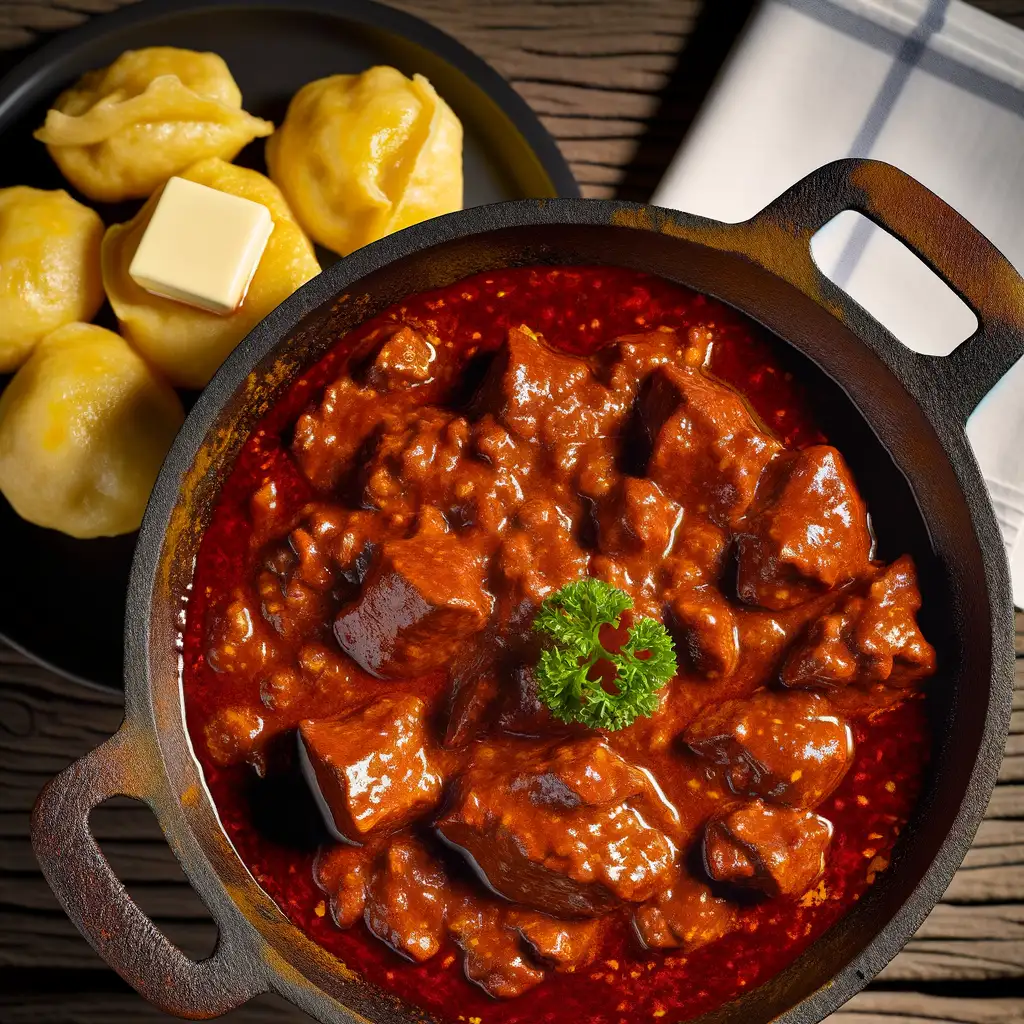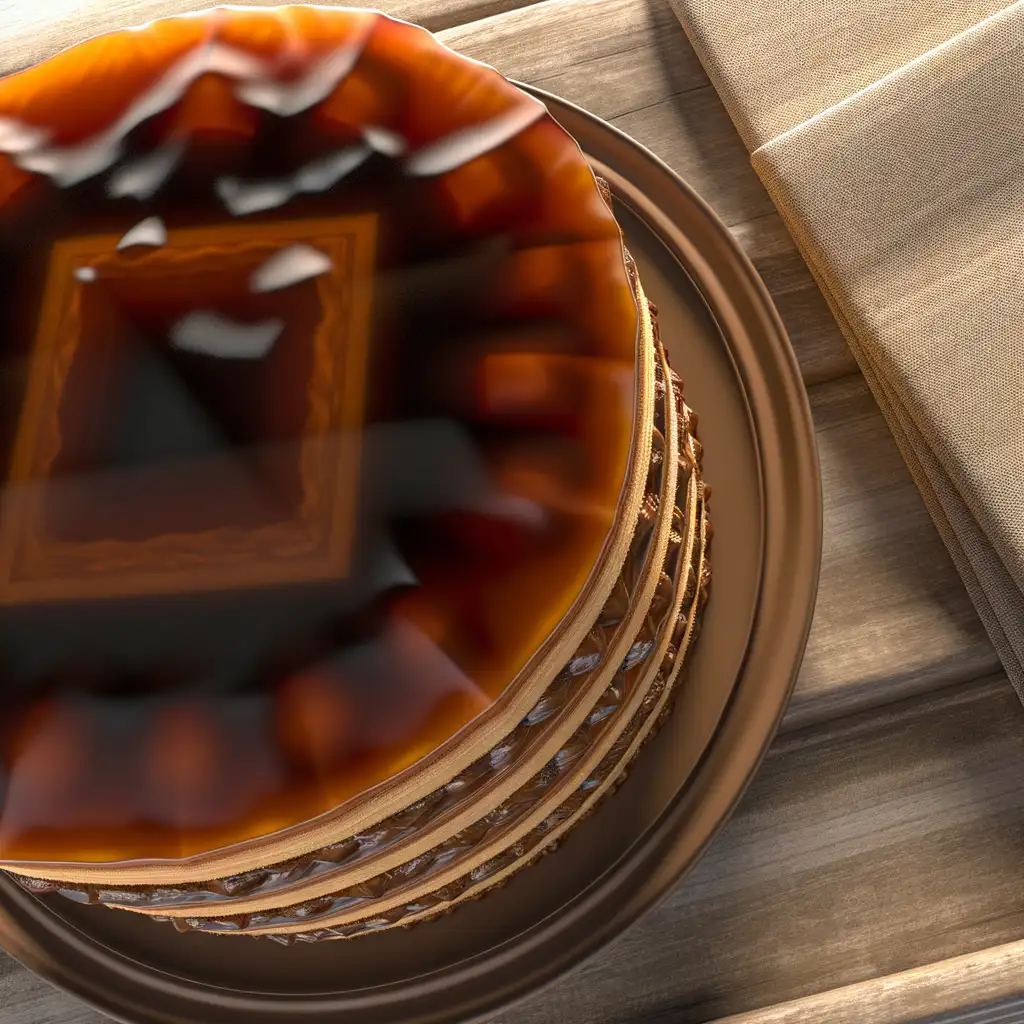



If you’re dreaming of a place where the sun seems to linger just a little longer,Siófok is that kind of town. Nestled on the southern shore of Lake Balaton,it pulses with a lively,carefree energy that instantly makes you want to kick off your shoes and soak it all in. Imagine warm breezes carrying the faint scent of grilled fish and fresh pastries,mingling with the gentle lapping of waves against the pier. The waterfront buzzes with laughter,music spilling out from cozy cafés and vibrant bars,creating a soundtrack that feels like summer itself. Walking through Siófok,you’ll notice how the town effortlessly blends its laid-back lakeside charm with a spirited nightlife. By day,the golden beaches invite you to lounge under the sun or dip into the refreshing water,while local markets offer juicy peaches and homemade jams that taste like sunshine in a jar. As evening falls,the streets come alive with colorful lights and the hum of live music,where locals and visitors alike gather to share stories over a glass of crisp Hungarian wine or a frothy craft beer. What really makes Siófok special is its warmth—not just the weather,but the people. There’s a genuine friendliness here,a welcoming vibe that makes you feel like you’ve stumbled upon a place where time slows down just enough to savor every moment. Whether you’re wandering the charming streets,watching the sunset paint the lake in shades of pink and gold,or simply enjoying a quiet moment by the water,Siófok invites you to relax,explore,and fall a little in love with its easygoing spirit.
The information on this page is currently being reviewed by Tripkliq and should be used as a guide only
Eng word: Hello
Eng pronunciation: See-ya
Local language: Szia
Eng word: Goodbye
Eng pronunciation: Vees-laht
Local language: Viszlát
Eng word: Thank you
Eng pronunciation: Kuh-suh-nuhm
Local language: Köszönöm
Eng word: How much
Eng pronunciation: Men-yee-beh keh-rool
Local language: Mennyibe kerül
Eng word: Toilet
Eng pronunciation: Vay-tsay
Local language: WC
Eng word: Help me
Eng pronunciation: Sheg-eet-sheg
Local language: Segítség
Eng word: Yes
Eng pronunciation: Ee-gen
Local language: Igen
Eng word: No
Eng pronunciation: Nem
Local language: Nem
Eng word: Excuse me
Eng pronunciation: El-ney-zesht
Local language: Elnézést
Siófok, located on the southern shore of Lake Balaton, was first mentioned in historical records in 1055. The town's name is derived from the Sió River, which flows through the area.
In the late 19th century, Siófok began to develop as a spa town. The construction of the first bathhouse in 1863 marked the beginning of its transformation into a popular tourist destination.
The Siófok Marina, one of the largest on Lake Balaton, was opened in 1863. It has since become a central hub for boating and water sports activities.
Siófok is the birthplace of the famous Hungarian composer Imre Kálmán, known for his operettas. His works are celebrated worldwide, and his legacy is honored in the town with a museum and annual music festivals.
Built in 1912, the Siófok Water Tower is an iconic landmark of the city. It offers panoramic views of the town and Lake Balaton and has been renovated to include a café and an exhibition space.
The early 20th century marked the golden age of tourism in Siófok. The town became a fashionable resort, attracting visitors from all over Europe with its luxurious hotels and vibrant cultural scene.
Siófok, like many other European towns, faced challenges during World War II. However, the post-war period saw significant reconstruction efforts, leading to the revival of its tourism industry.
Since 2007, Siófok has been one of the host cities for the Balaton Sound Festival, one of Europe's largest electronic music festivals. The event attracts thousands of music lovers to the shores of Lake Balaton every summer.
Siófok is renowned for its beautiful beaches, such as the popular Golden Shore (Aranypart) and Silver Shore (Ezüstpart). These beaches have been a major draw for tourists seeking relaxation and water activities.
In Siófok, the most common Power Adaptor is Type C, Type F.



A hearty Hungarian stew made with beef, potatoes, and vegetables, seasoned with paprika and other spices.

A rich meat stew, usually made with beef or pork, cooked slowly with onions, paprika, and other spices.

A deep-fried flatbread, often topped with sour cream and cheese, popular as a street food snack in Siófok.



Stuffed cabbage rolls filled with a mixture of minced meat and rice, cooked in a savory tomato sauce.

A famous Hungarian layered sponge cake filled with chocolate buttercream and topped with caramel.

A traditional Hungarian fish soup made with freshwater fish, typically carp, and flavored with paprika and other spices.
Budapest feels like stepping into a storybook where history and modern life dance together effortlessly. The moment you stroll along the Danube River,with the majestic Parliament building glowing in the evening light,you sense a city that’s both grand and inviting. There’s a rhythm here—street musicians playing haunting melodies,the clinking of glasses in cozy ruin pubs,and the gentle splash of thermal baths that have been soothing locals for centuries. It’s a place where every corner whispers tales of empires past,yet pulses with youthful energy.
Wandering through the cobbled streets of the Castle District,you catch the scent of fresh pastries mingling with the earthy aroma of old stone walls. The vibrant markets buzz with vendors selling paprika,fresh bread,and sweet chimney cakes,tempting you to taste the rich flavors of Hungarian cuisine. Budapest’s character shines brightest in its contrasts:the elegant Art Nouveau cafés sit side by side with edgy street art,and the grand boulevards lead you to intimate courtyards where locals sip coffee and chat animatedly.
What makes Budapest truly unforgettable is how it wraps you in warmth—whether it’s the steamy embrace of a thermal bath on a chilly day or the friendly chatter in a bustling café. It’s a city that invites you to slow down,savor every moment,and discover stories hidden in its architecture,food,and people. Trust me,once you’ve felt Budapest’s pulse,you’ll carry a piece of it with you long after you leave.
Vienna feels like stepping into a living storybook where every street hums with history and charm. The moment you wander through its grand boulevards,you’re wrapped in a warm embrace of baroque architecture,cozy coffeehouses,and the gentle melodies of street musicians playing waltzes nearby. There’s a rhythm to the city — elegant yet inviting — where the past and present dance together effortlessly.
As you stroll along the Danube or through the lush gardens of Schönbrunn Palace,you catch the scent of freshly baked strudel mingling with the earthy aroma of roasted coffee beans from a nearby café. The city’s café culture is something special; sitting down with a slice of Sachertorte and a strong Viennese coffee feels like a small,delicious ritual. You’ll hear the soft clink of porcelain cups and the murmur of locals deep in conversation,making you feel instantly at home.
Vienna’s character is a blend of refined artistry and genuine warmth. It’s a place where grand opera houses and modern galleries coexist,and where the locals’ pride in their musical heritage is palpable. Whether you’re exploring the vibrant Naschmarkt with its colorful stalls or catching a live performance in a centuries-old concert hall,Vienna invites you to slow down,savor the moment,and soak in its timeless elegance.
If you ever find yourself wandering through the sun-drenched streets of Dubrovnik,you’ll immediately feel like you’ve stepped into a living storybook. The city’s ancient stone walls rise proudly against the sparkling Adriatic,and as you stroll along the marble-paved Stradun,the salty sea breeze mingles with the scent of fresh pine and blooming bougainvillea. There’s a rhythm here—a gentle hum of life where history and modern charm dance together effortlessly.
Dubrovnik’s character is woven into every corner:the clatter of café cups,the murmur of locals chatting in cozy taverns,and the distant call of seagulls overhead. You can almost taste the city in the air—briny and fresh,with hints of grilled seafood and ripe figs from the markets. Sitting at a seaside restaurant,watching the sun dip behind the fortress walls,you’ll savor dishes bursting with Mediterranean flavors,paired with a glass of crisp Croatian white wine.
What makes Dubrovnik truly special is how it balances its rich past with a vibrant present. The city’s narrow alleys invite exploration,revealing tucked-away galleries,artisan shops,and lively squares where music spills out into the streets. Whether you’re tracing the footsteps of ancient mariners or simply soaking up the golden light on a quiet terrace,Dubrovnik feels like a warm embrace—inviting,timeless,and utterly unforgettable.
If you ever find yourself wandering through Split,it’s like stepping into a living,breathing storybook where ancient history and vibrant modern life dance together effortlessly. The moment you stroll along the Riva promenade,the salty breeze from the Adriatic mingles with the aroma of fresh espresso and grilled seafood wafting from nearby cafés. Locals chat animatedly in the sun-dappled squares,their laughter blending with the distant hum of boats bobbing gently in the harbor. There’s a laid-back energy here that feels both timeless and alive,inviting you to slow down and soak it all in.
Split’s heart beats strongest in Diocletian’s Palace,a sprawling Roman fortress that’s less a museum and more a neighborhood where people live,shop,and gather. Walking through its ancient stone alleys,you’ll catch glimpses of colorful markets,artisan shops,and cozy taverns tucked into centuries-old walls. At night,the city transforms as lanterns flicker on,and the sound of live klapa singing—traditional a cappella harmonies—drifts through the air,wrapping you in a warm,soulful embrace.
What really makes Split unforgettable is how effortlessly it blends the old with the new. You can savor a plate of fresh octopus salad while watching fishermen haul in their catch,then wander to a rooftop bar for a cocktail as the sun sets behind the islands. It’s a place where every corner tells a story,every meal feels like a celebration,and every moment invites you to become part of its ongoing tale.
Imagine stepping into a city where every corner feels like a scene from a timeless painting—Venice is exactly that kind of place. The moment you arrive,the gentle lapping of water against ancient stone buildings wraps around you like a soft melody. Instead of streets,there are winding canals,and instead of cars,gondolas glide silently beneath ornate bridges,their oars dipping rhythmically into the emerald water. The air carries a mix of salty sea breeze and the faint aroma of fresh espresso and baked pastries from nearby cafés,inviting you to slow down and savor the moment.
Venice has this magical,almost dreamlike quality. The light here is different—soft and golden in the mornings,casting long shadows on the labyrinth of narrow alleys and colorful facades. You’ll find yourself wandering without a map,getting delightfully lost among the bustling markets,where vendors call out in melodic Italian,selling everything from fresh seafood to vibrant Murano glass. The city’s rich history whispers from every corner,from the grandeur of St. Mark’s Basilica to the quiet charm of tucked-away piazzas where locals sip wine and chat as if time has paused.
What makes Venice truly unforgettable is its rhythm—slow,intimate,and deeply human. It’s a place where you can hear the laughter of children playing by the water,the clinking of glasses in cozy trattorias,and the soft hum of a street musician’s violin. Visiting Venice isn’t just about seeing a city; it’s about feeling its heartbeat,tasting its flavors,and becoming part of its endless story.
If you ever find yourself wandering the Dalmatian coast,Zadar is one of those places that sneaks up on you with its quiet charm and unexpected magic. The moment you step onto its ancient stone streets,there’s this warm,timeless feeling—like the city is gently humming a tune just for you. The salty breeze from the Adriatic mingles with the scent of fresh pine and blooming jasmine,wrapping around you as you stroll along the waterfront. It’s a place where history isn’t just in museums; it’s alive in the crumbling Roman ruins,the medieval churches,and the lively squares where locals gather to chat and sip coffee.
What really sets Zadar apart is its playful spirit. You’ll hear it in the waves as they dance through the Sea Organ,an extraordinary installation that turns the sea’s movement into haunting melodies. And just a few steps away,the Sun Salutation lights up the night with a mesmerizing display of colors,making the waterfront feel like a celebration of nature and art. Grab a seat on the stone benches,watch the sun dip below the horizon,and you’ll understand why Alfred Hitchcock once called Zadar the most beautiful sunset in the world.
The city’s vibe is relaxed but vibrant,with cozy konobas serving up fresh seafood and local wines that taste like the essence of the region. Whether you’re wandering through the bustling market,exploring narrow alleys,or simply soaking in the views from a café terrace,Zadar invites you to slow down,breathe deeply,and savor every moment.
Tourists may fall victim to fake rental listings or be charged extra fees upon arrival at their accommodation.
Some bars or clubs may inflate drink prices for tourists or include unexpected service charges on the bill.
Tourists may encounter unofficial currency exchange services offering attractive rates but providing counterfeit or outdated bills.
Unlicensed individuals may pose as tour guides, offering subpar or nonexistent services after payment.
Some taxi drivers may overcharge tourists by not using the meter or taking unnecessarily long routes.
Crowded tourist areas, such as beaches or markets, may attract pickpockets targeting unsuspecting visitors.
Certain restaurants may inflate bills by adding hidden fees or charging for items not ordered.
At local fairs or events, some games may be rigged to ensure tourists lose money.
Vendors may sell counterfeit goods, low-quality items, or overcharge tourists unfamiliar with local prices.
The possession, use, and distribution of illegal drugs are strictly prohibited in Siófok, Hungary. Penalties for drug-related offenses can be severe, including hefty fines and imprisonment. Tourists should be aware that Hungary has a zero-tolerance policy towards illegal drugs.
In Siófok, Hungary, smoking is prohibited in all enclosed public spaces, including restaurants, bars, and public transportation. Smoking is also banned in certain outdoor areas such as playgrounds, sports fields, and bus stops. Designated smoking areas are usually available, and fines can be imposed for violations.
Vaping is subject to similar regulations as smoking in Siófok. It is prohibited in enclosed public spaces and certain outdoor areas. Vaping is allowed in designated areas, and violators may face fines. It is advisable to look for signs indicating whether vaping is permitted.
What are other people saying about Siófok?
Recent Social posts about Siófok
There is nothing to show you for now.